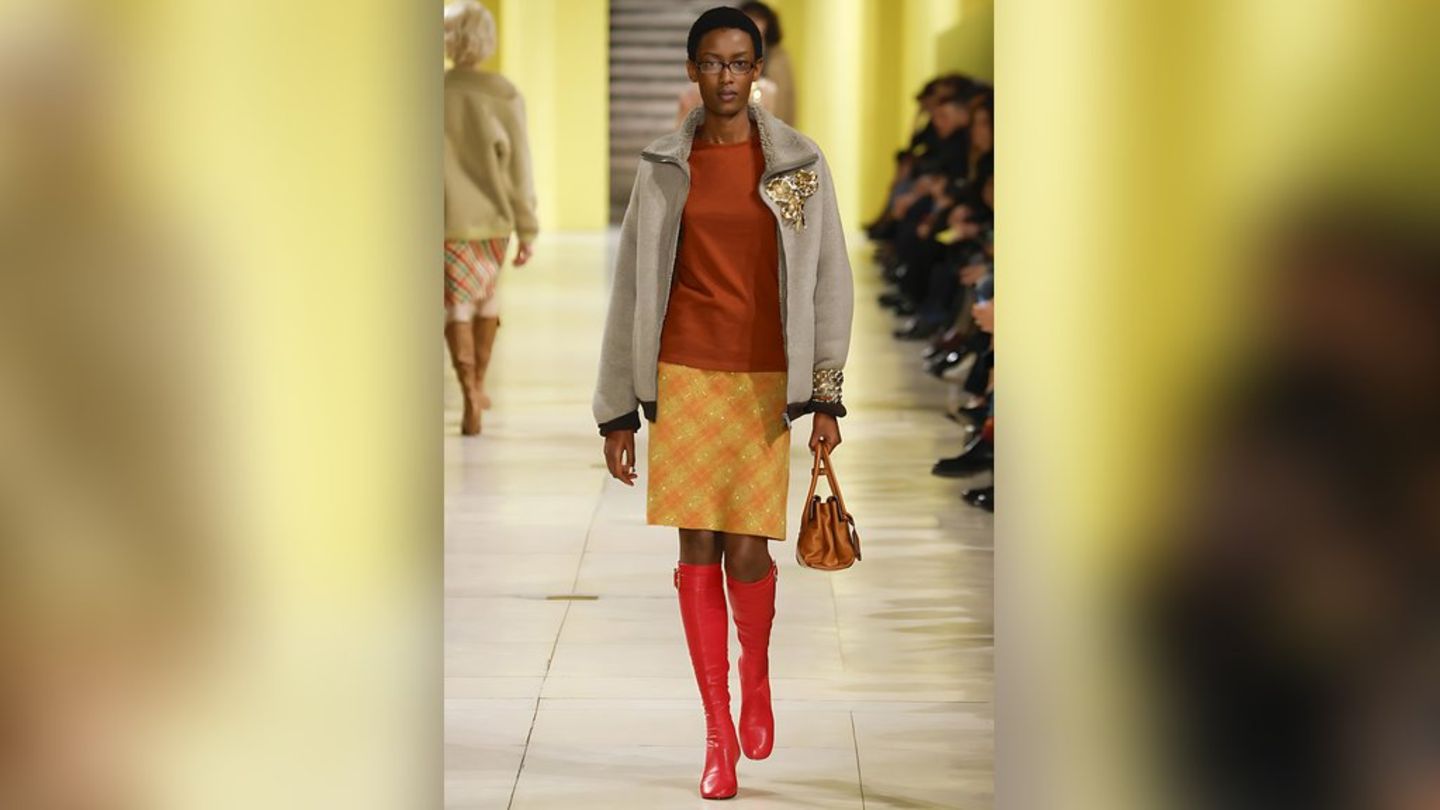He blue dollar flew more than 4% this Monday, July 24, in what was his biggest daily jump since last April’s bullfight, to overcome the symbolic barrier of $550 on the day, as a reaction to the measures announced on Sunday by the Government which, among other things, they increased the value of the official US currency for a good part of the imports of goods and services, and for the savers who could access it.
The informal currency $23 (+4.3%) shot up to the unprecedented $552, what represents a new nominal maximumto extend the rise from July to $58 pesos or 11.7%, the most important in the last three months, and already above what a traditional 30-day fixed term offers (8.1% monthly).
Thus, the gap with the official exchange rate went from 96.3% to 103.7% in a single daytouching a maximum since last June 1, but, For now, far from the annual ceiling of 124%, reached on April 25.
While waiting to know the fine print of a new agreement with the IMF (to advance in the review of the program and obtain the disbursements scheduled for the second half of the year), the Government announced the application a special exchange rate of $340 per dollar, from the previous 300 pesos, to encourage the liquidation of foreign currency from the regional economies. Besides, generalized the PAIS Tax from 7.5% to 25% for goods and services, with certain exceptions.
In turn, the Government decided to equate the value of the solidarity dollar or savings with the of dollar card/tourist (for consumption less than u$s300 per month), which this Monday closed at $497.65 ($31.46 more expensive than the solidarity closing on Friday). Thus, they are unified at 30% of the COUNTRY Tax, plus a 45% Perception for Income Tax, maintaining the Qatar dollar for consumption above US$300 per month, which closed this Monday at $568.74 on average.
dollar-investment-finance-dollar blue.jpg
Price of the blue dollar.
NA
The measures, which in practice, were considered by the market as a fiscal devaluation, They printed a higher blue dollar, and also financial ones, although they closed lower, presumably due to official intervention.
“The blue dollar is measured more than anything by people who get nervous. With the uncertainty that exists, many times people buy dollars and at a very high price because they want to sleep peacefully (…) Sometimes they are moved by factors of concern or financial tranquility,” said the economist Miguel Kigüel.
Blue dollar at $552: expensive or not so much for the market?
For Guido Lorenzo, director of LCG Consulting, if you look at the current situation of reserves and the excess of BCRA liabilities over the international assets of the monetary authority, the blue dollar “still has room to go up.”
Now, on the side of the “price competitiveness”that is, especially everything related to the current account, the parallel level at $552 “It’s a high value.” “Hence, in our opinion, it appears as attractive to formalize an exchange rate unfolding,” remarked.
Lorenzo also links the increased pressure on the informal exchange rate with the countdown for PASO, beyond an upcoming announcement by the IMF on early disbursements, which will strengthen (somewhat) the reserves. “The pressure is also combined with the pre-electoral scenario, so even if there are disbursements, nervousness will remain,” warned.
For his part, Amilcar Collante, CESUR economist, told this outlet that “if the dynamics of the blue and alternative dollars are analyzed, they are rising 55/58% so far this year. It is a number that is in line with accumulated inflation.”
In turn, Collante recalled that during the management of Alberto Fernández there were blue dollar spikes at today’s prices close to $700 as in July 2022 ($340/350 at that time) after the departure of the then Minister of Economy, Martín Guzmán, or above $900, as in October 2020 ($195 at that time), without an agreement with the IMF and after the pandemic emerged “after issuing 7% of GDP”.
With this, the economist warns that “if expectations continue to deteriorate there is room for the parallel go higher.”
However, he points out that “currently the agreement with the IMF and the expectation of a change of government (“electoral trade”) are two factors that anchor expectations, despite the bad numbers of the macro and a very unbalanced balance sheet of the BCRA”.
In turn, the economist Jorge Neiro estimated that the blue at current levels, It is not “neither expensive nor cheap”. He believes that above all, he is adjusted to the new measures launched over the weekend by the Economy. According to his point of view, “it is its inflationary consequences” that led to overheating in parallel.
Source: Ambito
I am a 24-year-old writer and journalist who has been working in the news industry for the past two years. I write primarily about market news, so if you’re looking for insights into what’s going on in the stock market or economic indicators, you’ve come to the right place. I also dabble in writing articles on lifestyle trends and pop culture news.




